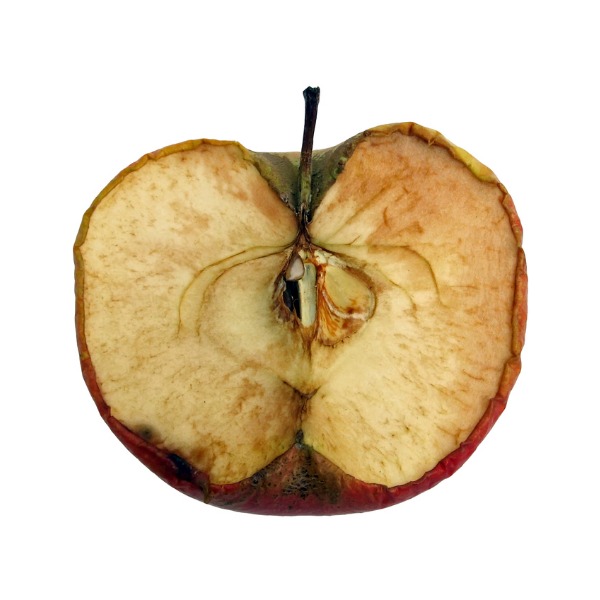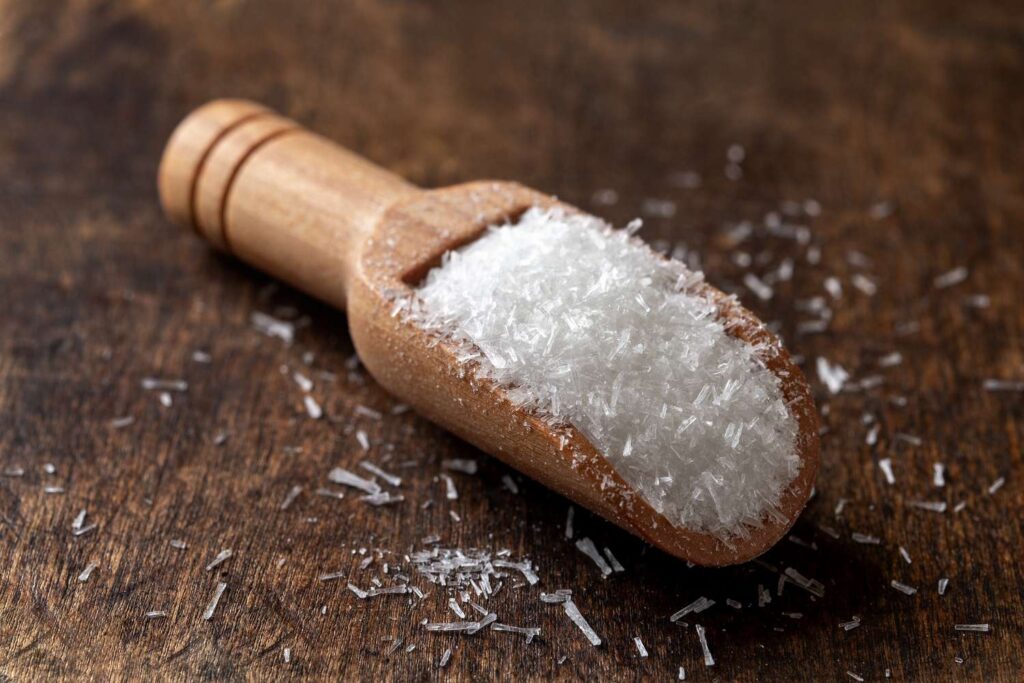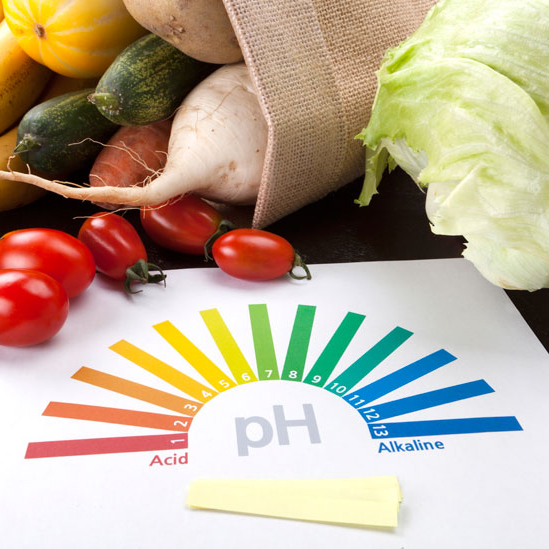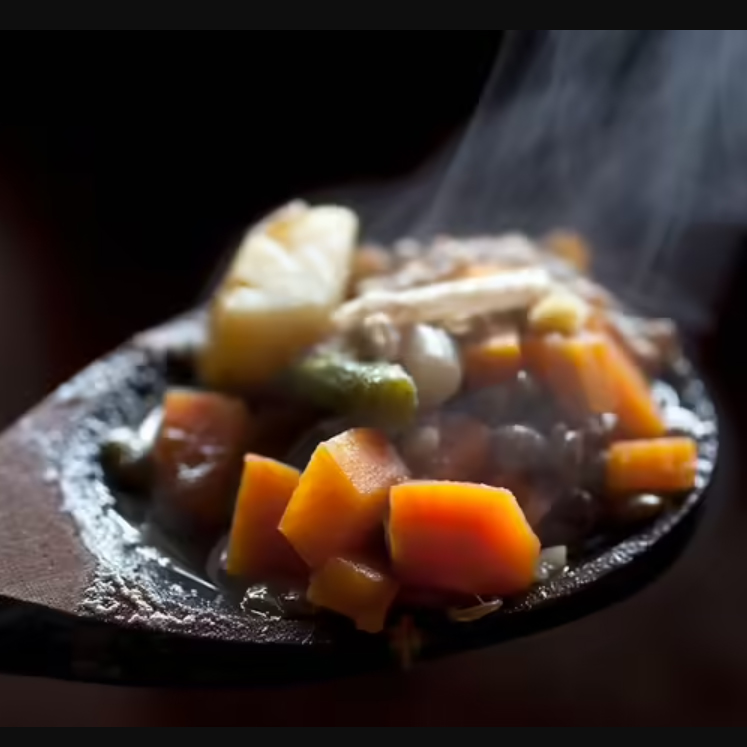How Batteries Work
Batteries are devices that store and release electrical energy through chemical reactions. They are everywhere in our daily lives — from powering smartphones and laptops to cars and flashlights. At their core, batteries convert chemical energy into electrical energy, providing a portable and reliable source of power without the need for a direct connection to an electrical grid.








